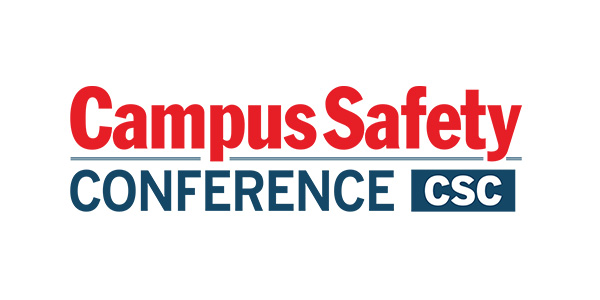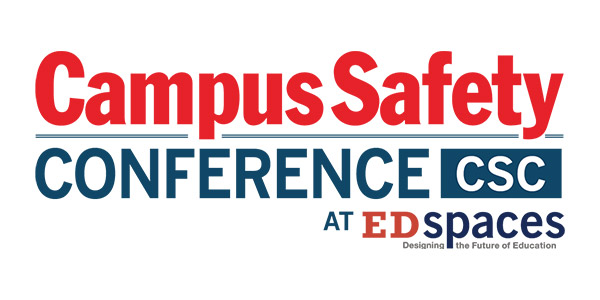Some administrators initially express concern about text messaging because of possible fees associated with that mode. On the whole, there is limited legitimacy to this concern as the reality is that would-be recipients value notification so much that, across the U.S., users are presently scrambling to submit their text numbers somewhere – anywhere – whether it’s a TV station, an upstart notification company with no contract with their institution, or an existing portal that actually charges the recipient to register to receive important safety and closings information. Few recipients would deny that the value of such information is greater than a few pennies. Administrators worried about text messaging have not been talking to their institutional constituents!
What ultimately renders moot this cost concern is the fact that all properly designed systems are opt-in. It is bad practice, and a violation of federal statutes, to send certain unsolicited messages, whether they are text or voice, to wireless devices. And the fact that an automated system is generally used to deliver such messages may constitute further violation of law.
So what do you do, given today’s wireless world (where some users don’t even own a land-line phone), where your constituents want the message, but you can’t just unilaterally start blasting away to them? Besides using e-mail, which you surely will, it’s simple – just get the recipient’s permission! Supplying a site for the user to input – and maintain—his contact data mitigates concerns about cost and legality. Most mass notification offerings include a portal especially for this purpose, and implementation is a snap.
If you will use your system to send messages about a variety of non-emergency topics, such as a reminder about the big pep rally or the existence of fish sticks on the menu, you must be able to allow the user to segregate their permissions in terms of what types of notifications they will accept. You need maximum reach for safety, security, and other time-sensitive information, and it’s important that users not opt out of the program completely just because they don’t want non-essential messages cluttering their message boxes and voicemails.
In this vein, it is often a better design to use another system for routine communications, or confine routine communication to e-mail. Make a real “alert” an exceptional event. The old journalism saw “If you emphasize everything, you emphasize nothing” applies equally to mass notification process design and execution.
Functionality Considerations
A notification is a commodity. What sets mass notification systems apart are functionality in data-gathering and user administration, ease of message launches, and reporting. In fact, these features are primarily what you are paying for. Compare various systems to determine what is best for you.
At a minimum you need to view the state of your database at various levels to understand the participation and the completeness of the information. Search capability is useful, of course, to quickly access particular records of interest.
Disposition reporting is good to have, to confirm who received your notification. Depending on the architecture of the solution, not all systems include this feature, and some applications may not warrant it. For example, a government system that alerts residents of weather issues may not require disposition reporting. Or, if a school uses a system solely to alert parents and students about school activities, that application may not require disposition reporting.
The Make vs. Buy Decision
With the proper resources, it is possible to cobble together a simple e-mail and text messaging system internally. But consider the functionality issues described above, especially as they apply to reporting. In addition, voice messaging is desirable, and applying voice messaging capability within a home-grown system is not a simple task.
Besides this, there are at least three other important reasons to look to companies that specialize in mass notification applications:
1) These companies have infrastructures specifically designed to offer a secure, redundant environment for your data.
2) There is PR value in using a “name” company as the backbone of your system.
3) Using an external provider generally means continual upgrades in reliability and functionality at little or no additional cost to the institution, be
cause these companies compete with each other and, of course, have their own pride in their offerings.







